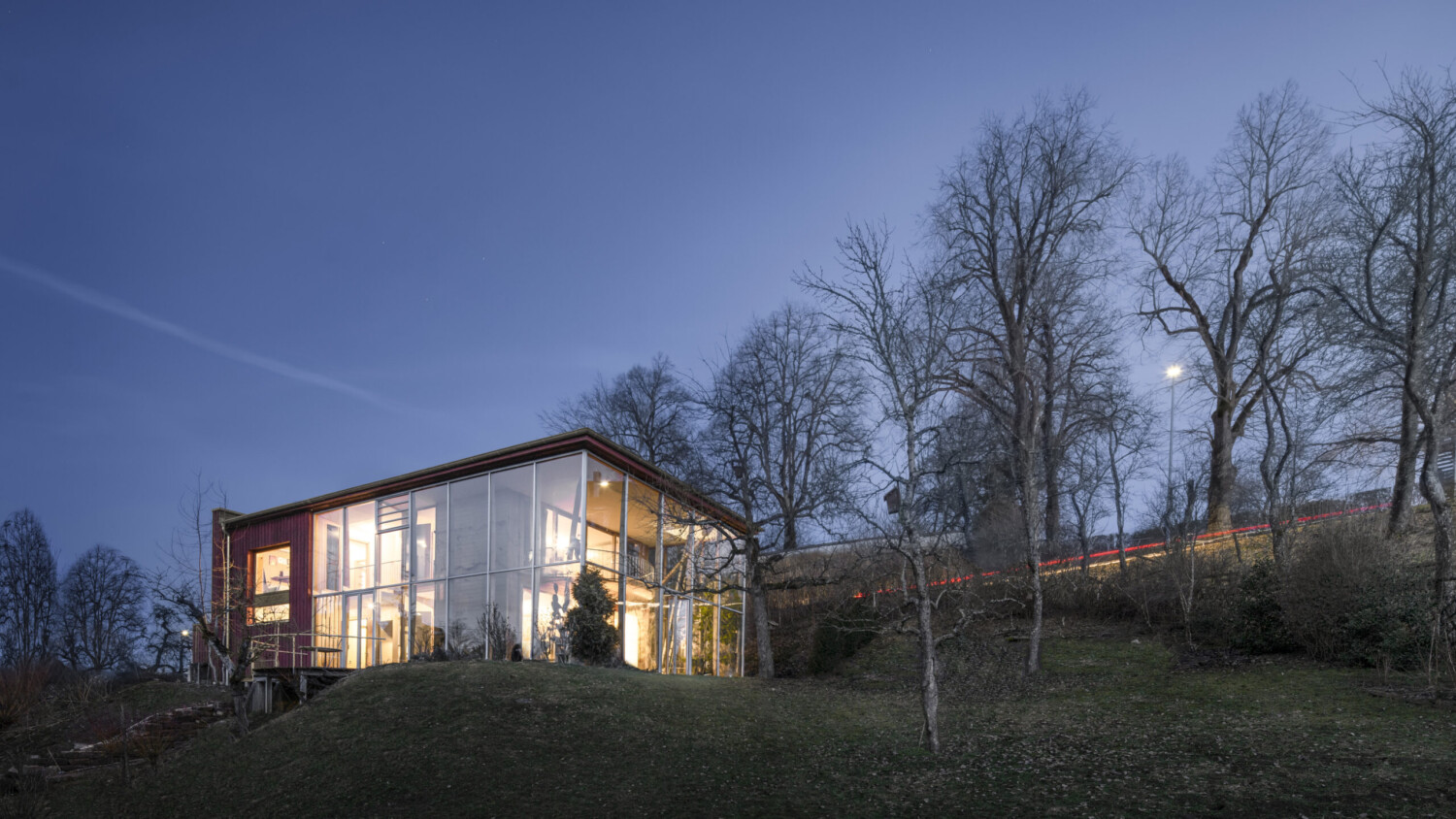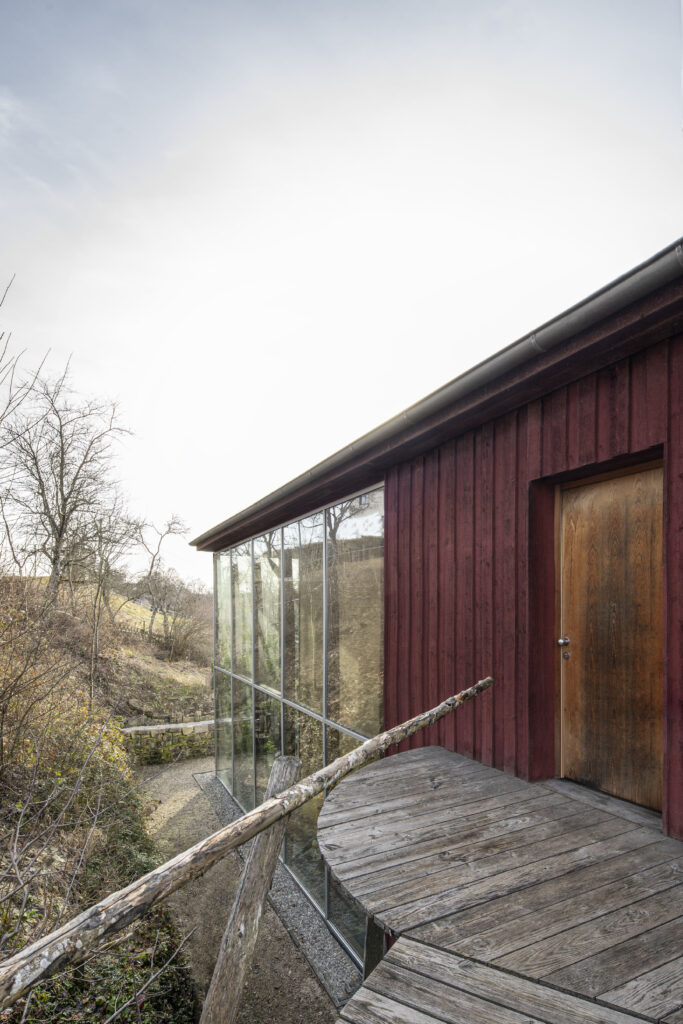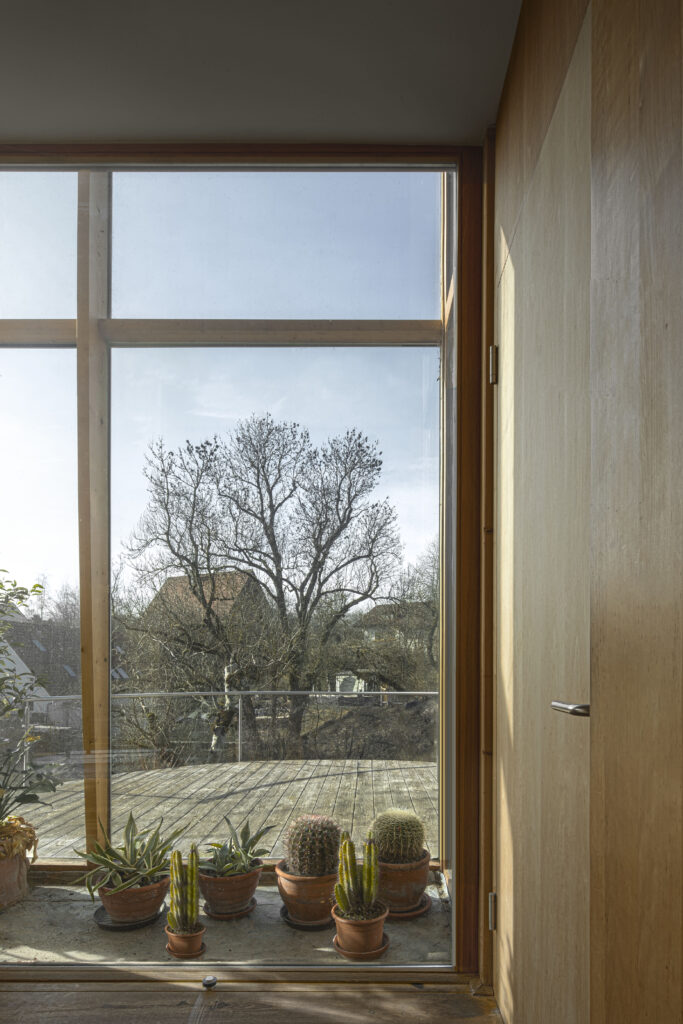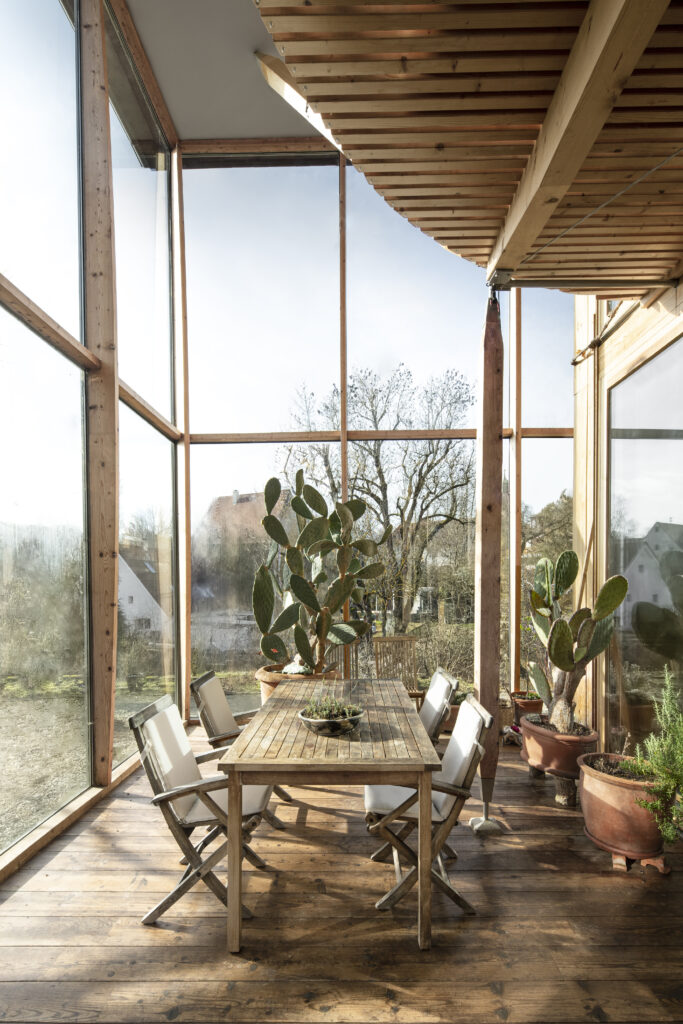Photographer Paulina Ojeda Shows Us the German Greenhouse Inspired Merz Haus
This week’s featured project takes us to a small German village with photographer Paulina Ojeda. Paulina’s work sports a very natural and unfussy style, giving off a solid sense of place that works perfectly for the greenhouse-inspired “Merz Haus,” by architect Otto Merz. Paulina has a lot of great intel for us about this shoot, so I’ll let her take it away!
“The Merz Haus is located in a small village in southwest Germany. In this small village, you mostly see traditional buildings — houses with gable roofs, and beautiful flowers in the small windows. So the Merz Haus caught my eye right away when I first walked through the village. It is located on a small hill, a box made of glass and wood, with the transparent part facing west.
Talking to the owner and architect, he explained to me that the principle of the house is based on the fact that it is a greenhouse because of the weather in the region. During the winter, the house can catch all the light and the sun, which is possible thanks to the huge glass windows that enclose mainly the social area of the kitchen/living room and the dining room. During the summer, when the temperature gets really high, they can open part of these glass windows to create cross ventilation. Besides, the leaves of the trees in the garden help to hold back the sun.”
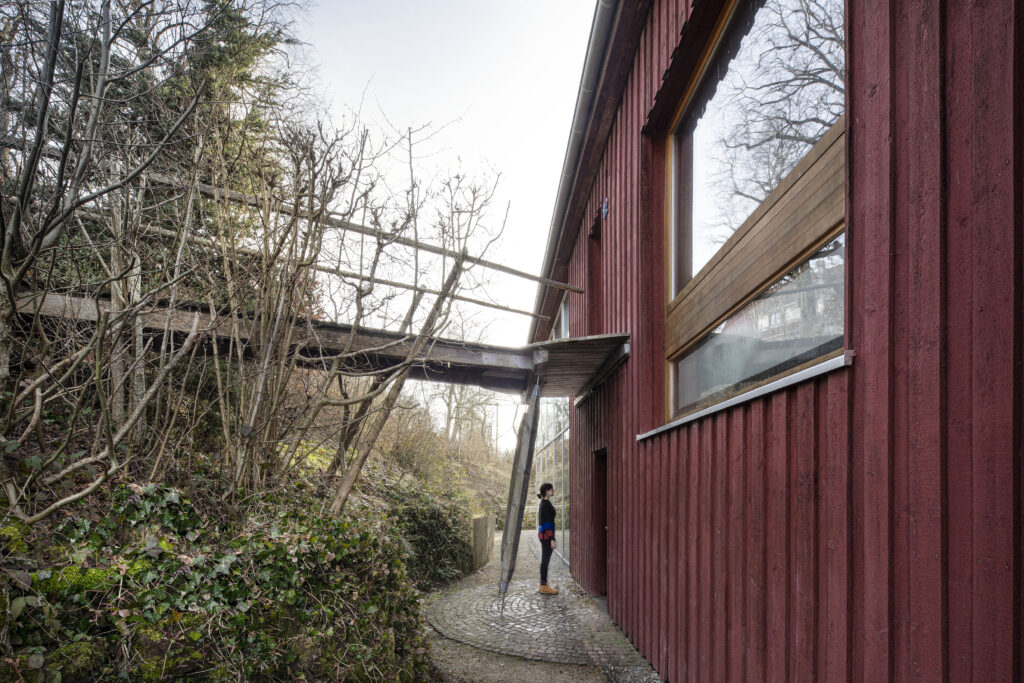
Check out the convergence of leading lines that pull our eye right to the door of Merz Haus. The mix of metal and glazing contrasted by the organic wood is a great indicator of things to come with this project. I love the muted colors and Paulina’s restraint in post-processing.
Paulina shares “With all the peculiarities of this project, it has been a great pleasure and has held many surprises for me. It’s a house that —at least for me — shows a lot of character not only in the architecture but as well with all the particular objects that you can find inside. I love how this house is showing the beauty in the imperfection. It does not need a fancy dining table to make you feel comfortable and welcome. All the objects in here have a particular story for the family and you can see it and feel it. I think that’s the reason why the house is so unique.”
This is my particular favorite image from Paulina’s series on Merz Haus. I love everything about it — the delicate contrast between the faintly blue sky and the warm wood tones, the perfect balance in exposure, and most of all that gorgeous directional light sweeping in through the massive greenhouse-inspired windows which casts playful shadows and heat-filled highlights.
“I only use natural light,” explains Paulina. “I love walking through the projects and watching it change throughout the day. I usually talk to my clients before the session to get to know the project through their words and eyes. I like to take my time during the session to walk without the architect /designer, just to see the possibilities and to live the space without pressure with the camera — to translate the prelude that I had from my clients to my eyes and also to discover different possibilities that it might have. It’s really nice for me to discover the spaces and their qualities during the session. When it comes to composition, I like to keep it simple. I like to show how the materials, the textures, and the vegetation behave with the sun.”
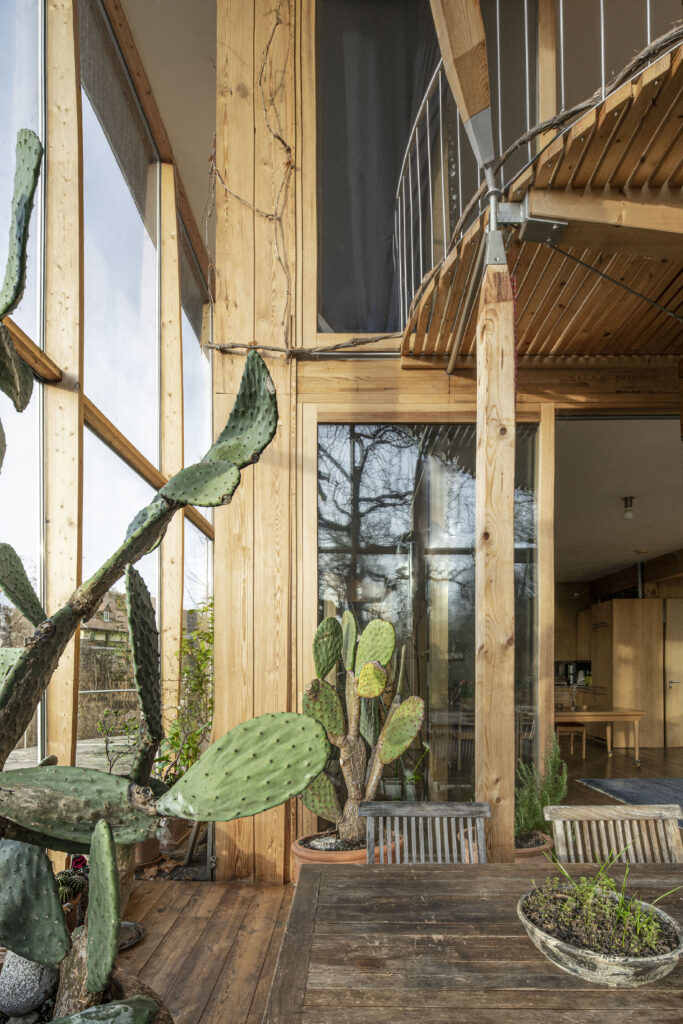
“It is very interesting how the spaces inside are reflected in the façade finishes. The façade of the social areas is mostly made of glass and the one of the retreat and rest is made of wood. Another peculiarity is the finish of the walls. Unusually for the region, they are made of clay. This type of construction has the advantage of allowing the house to breathe. In other words, clay regulates the humidity in summer and winter in a very comfortable range. In combination with the visible static load-bearing wooden structure, a very homey and cozy atmosphere is created,” she shares.

Speaking on the challenges of this project, Paulina shares “I’m Mexican. I’m used to being in warm weather. The session was in February, so it was the German winter. There was no snow, but it was a really hard winter. The session inside was really pleasant, but shooting outside was quite challenging for me — especially at night the temperatures were very low, so I went super prepared with extra clothes, gloves, and a hat. Shooting the social area was also a challenge. I have never photographed a space so open before, and any change of the sun was so evident so constantly during the whole day. There is also a multitude of great details where the different materials blend and create a great warm overall look. Choosing from this multitude of possibilities was not easy, as I only had one day to shoot. A lot of times for me when I’m seeing so many possible scenes, it’s overwhelming, but it is a thing to keep calm and to go to the detail that is telling you the most.”
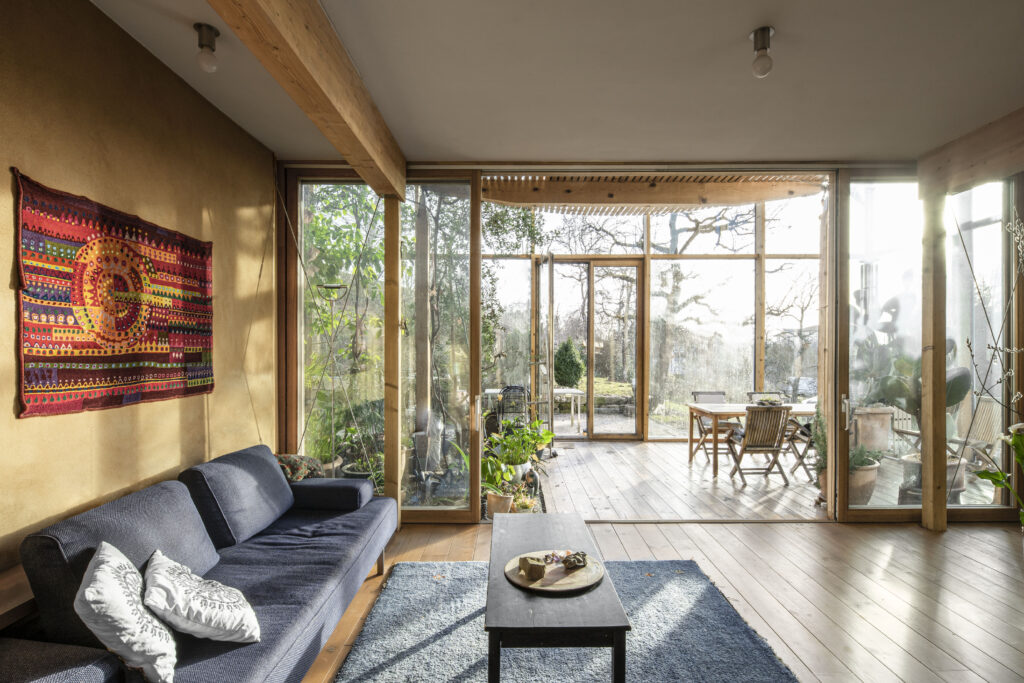
I asked Paulina what advice she would give someone shooting a similar project and she explained “There is power in tranquility. It will never be possible to photograph all possible scenarios. The light, the fall of shadows and therefore the atmosphere is constantly changing. The weather and vegetation are also in constant motion. That’s the great thing about photography, that you can capture situations and moments that seem mundane, but when you look closely at the big picture the constant change of the different elements, turns them into a unique moment.”
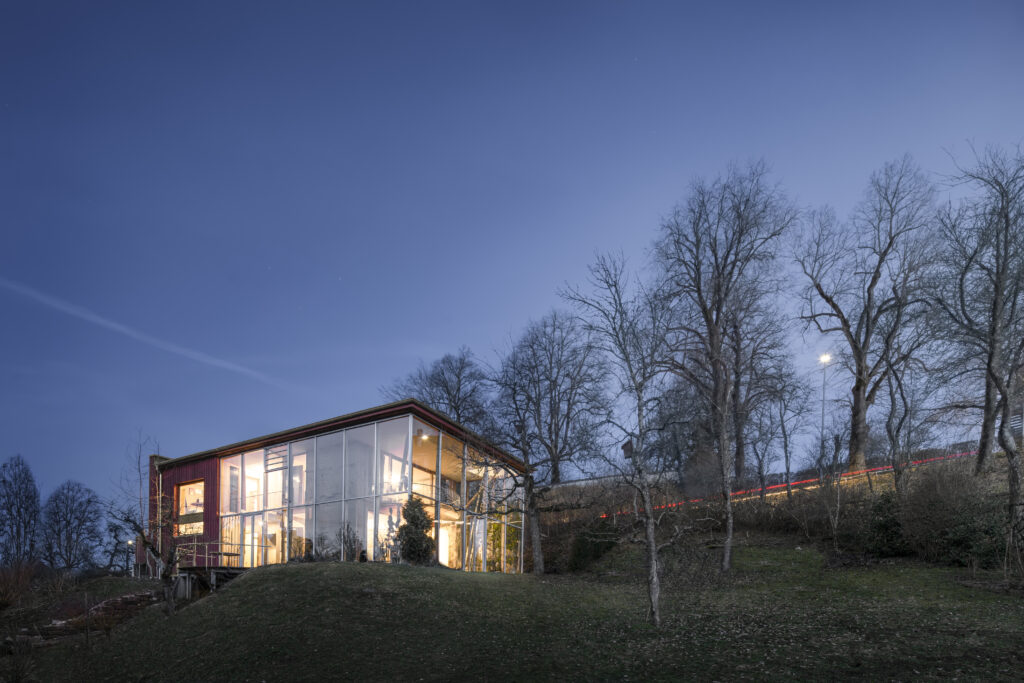
Many thanks to Paulina Ojeda for sharing her work with us here at APA. Make sure you drop by her Instagram account @apau_ojeda to see the entirety of her beautiful catalog of work!
If you have a project you’d like to be considered for Project of the Week, you can submit it here.
